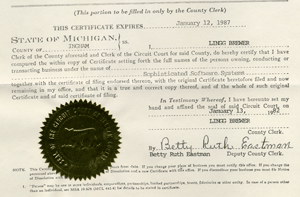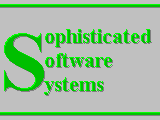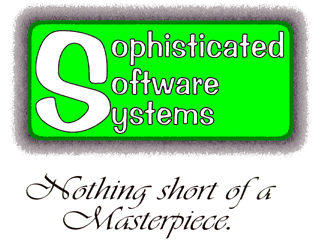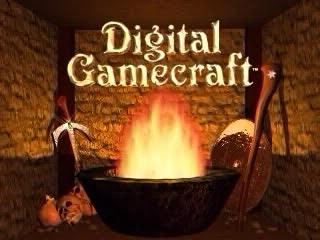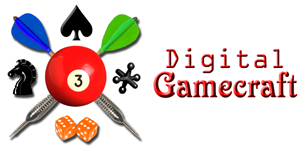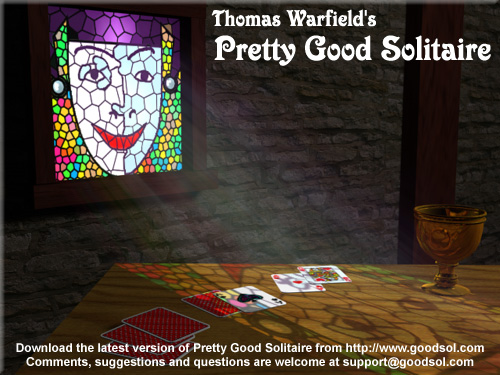Data and Resource guidelines
In the previous installment of Preparing for Mac App Store Submission, I detailed changes to the information property list that are necessary (or recommended) for a Mac OS X game project being converted to one suitable for MAS submission.
This third part deals with practical implications of guidelines for project data and resources, in particular, artwork and help files. These points are necessarily somewhat specific to the manner in which we implemented our products, but they should give you some idea of items to look out for, and as always, comments on your experiences are encouraged.
Now, please review all of the artwork and other (non-code) resources in your project with these points in mind…
1. Include a 512×512 image in the application icon
The Mac App Store requires a 512×512 image in the application icon file. Although this is generally overkill for an application, it is necessary for MAS submissions, where that image size is (presumably) used for presenting your product to users.
We actually produce our Macintosh (.icns) icons under Windows using Axialis IconWorkshop, which handles the required sizes without problem; we recommend this tool for processing icons for multiple platforms. (We have no affiliation with Axialis, except as a satisfied customer.)
2. Update branding artwork
Although it seems (and truly is) silly, you need to review your branding artwork and update anything that even hints that there is another way to obtain software than through the Mac App Store.
Herein lies a theme: Apple hates downloads; Apple hates external sales. Any suggestion that a customer may download or purchase anything outside of MAS will result in the rejection of your submission. (Trust me, we had this thrown in our face, via rejection, more than once.)
In our case, we had a static bitmap used as a splash screen. It included the (innocuous) line, “Download the latest version of Pretty Good Solitaire from http://goodsol.com“; it was hardly noticeable, and the web address was not even a hot link. Rejection. We had to remove that text before resubmitting (and we also removed the line with our support email address, just in case).
3. Add any extra product data desired
Continuing with the theme, you will need to add any extra product data that you may want customers to have, especially any data previously available via download. In our case, we have (20) extra card sets that are available for Pretty Good Solitaire customers to download (and, likewise, extra tile sets and custom layouts for Pretty Good MahJongg), so these needed to be added to the main bundle to avoid Apple’s allergy to downloading.
The one minor advantage of this, of course, is that Apple has to bear the full download bandwidth burden. (Card set artwork is not small.)
4. Remove trial version resources from the project
If appropriate, remove any resources used only in trial versions of your product. In our case, we have an exit screen for trial users, as well as a separate interface (nib) file with all dialogs displayed (only) in the trial version, so we removed these. (There is no sense including unused files, especially if they could give Apple more places to find reasons to reject.)
Similarly, if you have an install bitmap in your bundle, as I recommended in Making Mac Disk Images Pretty, you may as well remove that, too (since there is no disk image packaging to be done).
5. Remove any ‘How to Order’ section from help files
Review your help files and remove any pages that discuss verboten topics, such as downloading, registering, or (especially) purchasing the product. We have an entire section called “How to Order”, dealing with all of those topics, that is just removed wholesale for the MAS submission (but remains in our downloadable versions); it was the cause for a rejection.
Note that Apple does not reject for simple web links back to a product site, which itself may have loads of sales and download information, but you will want to be careful about the surrounding text.
6. Remove text referring to downloading or sales
Building from the previous guideline, after removing entire pages about problematic topics, check other help topics and remove any text referring to downloads or sales, even indirectly.
In our case, we have rule pages for our bonus games, which are provided in the full (purchased) version, and we removed the line, “Note: This game is only available in the full version of Pretty Good Solitaire.” Elsewhere, we also replaced “the full version” with “this version”.
Conclusion
Using the above guidelines, you should be able to make sure that your project does not include any content that Apple may find “objectionable”, giving them cause to reject the submission. In the next installment, Part 4: Source code modifications, I will discuss the numerous (small) changes that may be necessary in your project source code.

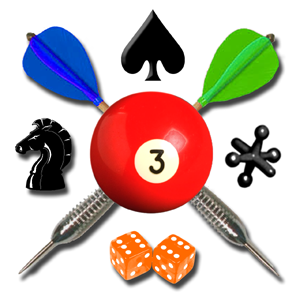 Now that the
Now that the  SophSoft, Incorporated opposes SOPA legislation.
SophSoft, Incorporated opposes SOPA legislation.